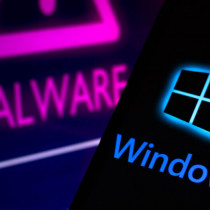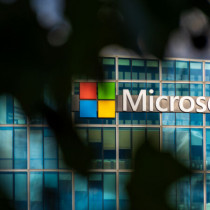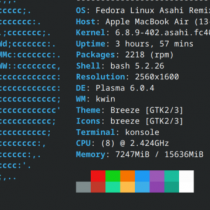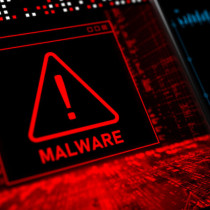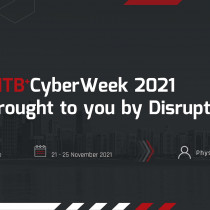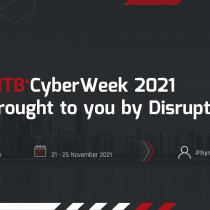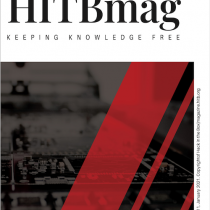State of Secure Boot detailed
Red Hat and Fedora developer Matthew Garrett has detailed the "range of subtle changes" that have taken place since he began working on Secure Boot support. In a blog posting, Garrett gives an overview of the current implementation. He explains that the current approach, a shim bootloader, "cunningly called 'Shim'", contains a public key under their own control and is signed by Microsoft. The shim will only boot binaries signed with the public key and allows the developers to build and sign all other binaries themselves without going back to Microsoft to get bootloaders or other components signed.
Garret points out that a locked-down boot environment and signed kernel do block modified bootloaders and booting attack code, but do nothing if, for example, an attacker uses a booted kernel to launch another kernel. To ensure that doesn't happen, direct hardware access from userspace is blocked and must go through kernel modules which have been signed by a key the kernel trusts.








